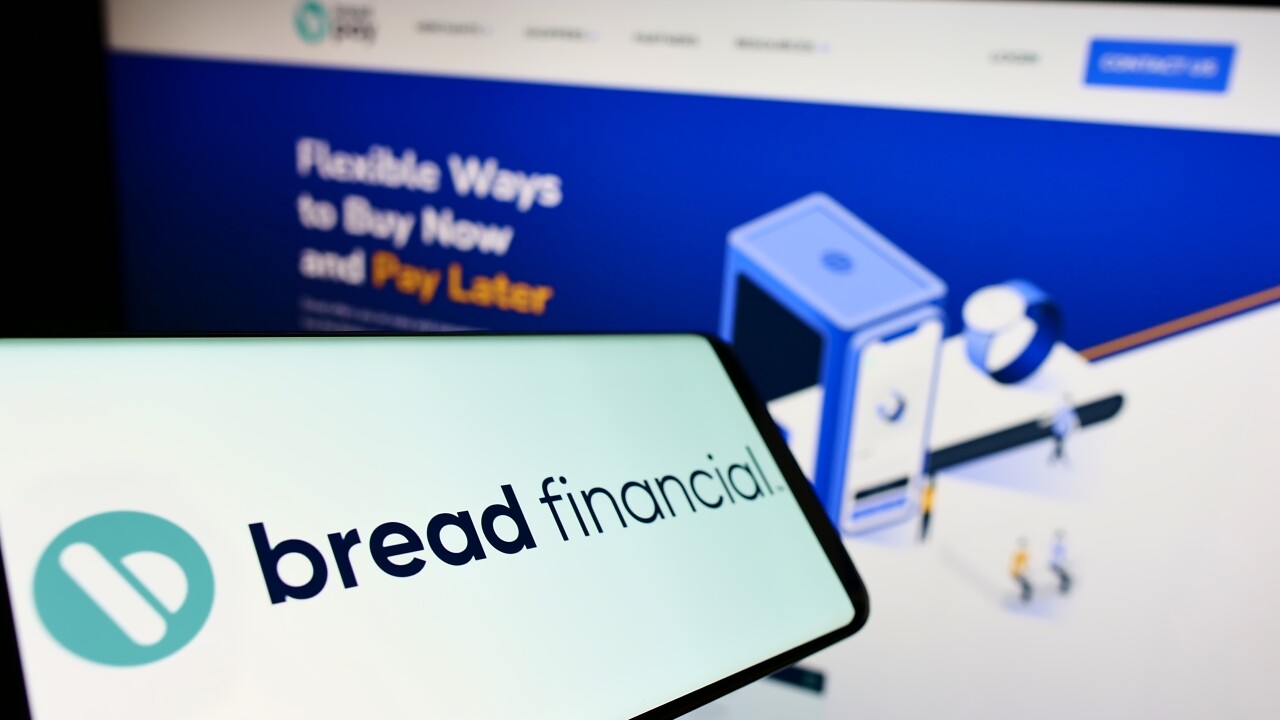-
Weeks after its debut, the Kardashian Kard has been pulled from the market following criticism of the prepaid product's fees.
December 1 -
To those of us with checking accounts, prepaid cards will never make sense. We're not used to seeing fees displayed and charged so prominently.
January 12 -
Creating checking accounts, mortgages and consumer loans with features that suit folks with lower incomes is paying off in unexpected ways for some banks.
February 24
As a bank customer, I am trained to avoid fees at all costs. I diligently maintain a minimum balance in my accounts, pay my credit card bills weeks ahead of time and plan my day around getting to a bank-owned ATM to avoid surcharges.
And I am certainly not the target market for
This kind of logic rarely makes sense to the traditional "banked" customer, but it does make sense: A certain segment of consumers would rather
The trouble with marketing to this segment is the products are so often doomed by mainstream media commentary offered by reporters who are mainstream bank customers. Suze Orman's "Approved Card"
ATMpass borrows a lot from the Netflix model. It offers a free trial and even an option to buy gift subscriptions. Just as Netflix offers users personalized recommendations as soon as they sign in, the ATMpass website detects a visitor's location and creates a personalized map of nearby ATMpass machines.
ATMpass also seems to borrow a lot from services designed for the underbanked. It is clear about what it covers (ATM operator fees) and what it does not cover (banks' foreign ATM fees), and the tradeoffs users make for different tiers of membership.
Of course, there's a sales pitch in how it presents its subscription pricing. Its chart emphasizes how much users save in a year, not how much they spend in a year. And the pitch continues even after users sign up; the ATMpass site tracks each customer's activity and provides a record of how much the user saved in ATM fees over time.
And there is still a risk that Cardtronics might suffer a Kardashian Kard-like "Katastrophe" by being a bit too honest about how much its ATMs cost to use. Even if $10 a month is a huge savings, some people might prefer to pretend that they can keep their ATM use in check to come in under that figure by paying per transaction.
Whether or not ATMpass generates a following, it is a fascinating experiment. There are other experiments like this happening in banking, such as Regions Bank's move to charge
In the case of Regions, there was indeed backlash on social media and in app store reviews, but that ran its course very quickly and the service's actual users were much more upbeat. The bank likened its model to Amazon Prime, which has a long following of e-commerce customers who pay an annual fee to get faster shipping on any purchase they make, even though Amazon has a free shipping option. To Regions' customers, the tradeoff is worth it, even if they can get the same service for free by switching banks.
Daniel Wolfe is editor in chief at PaymentsSource and a contributing editor at American Banker.





